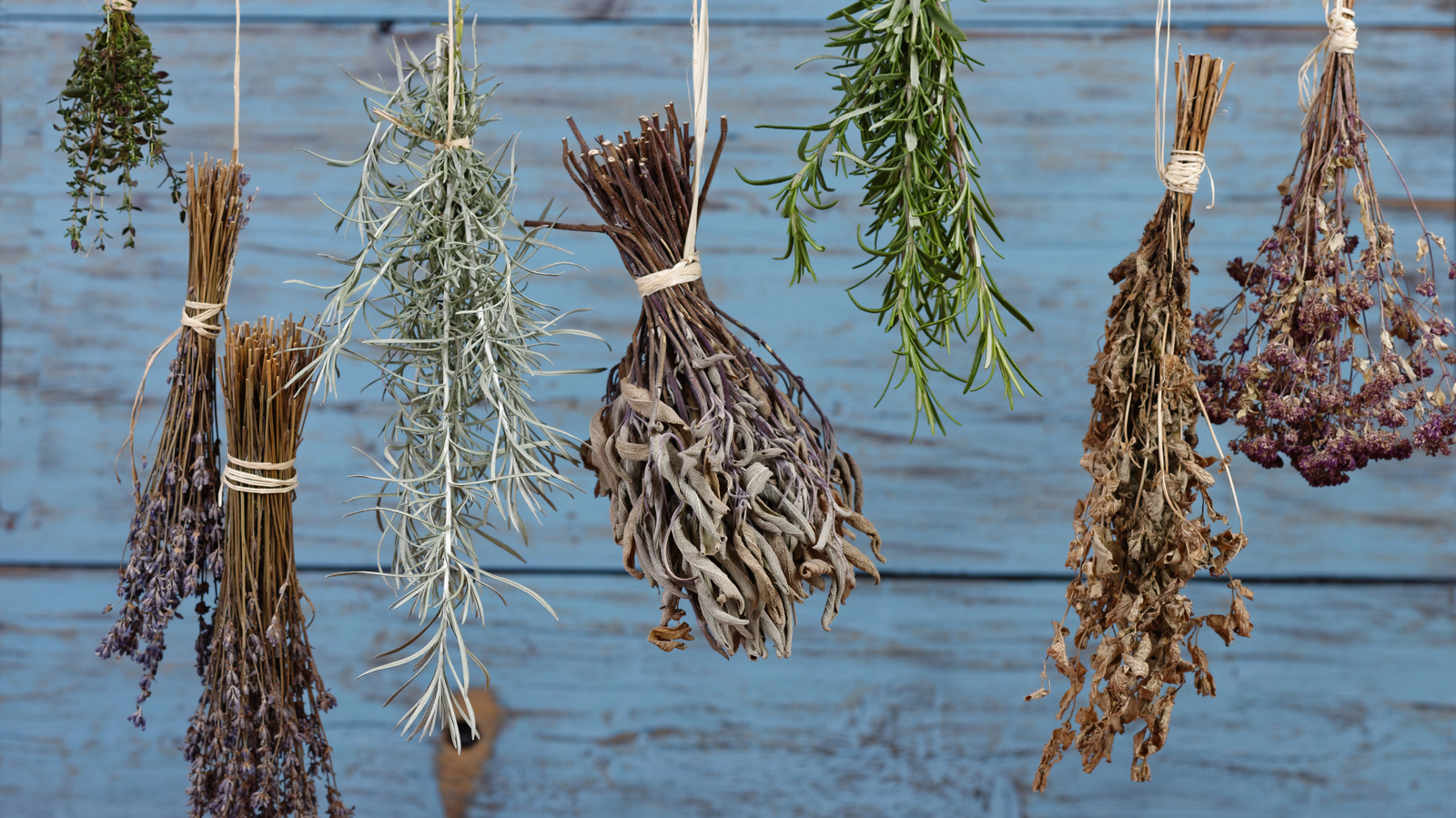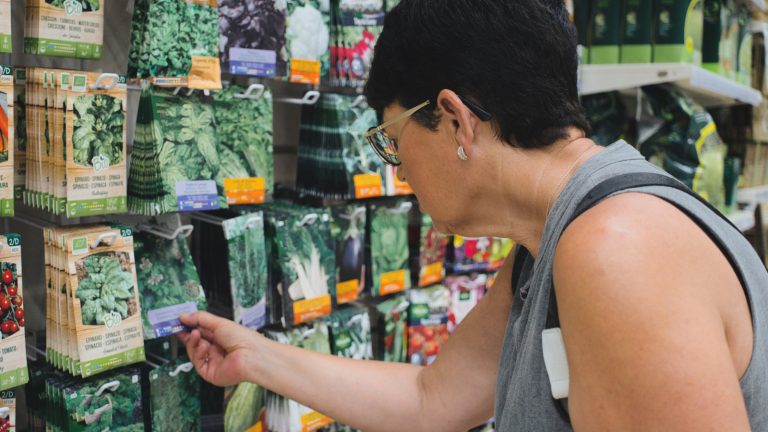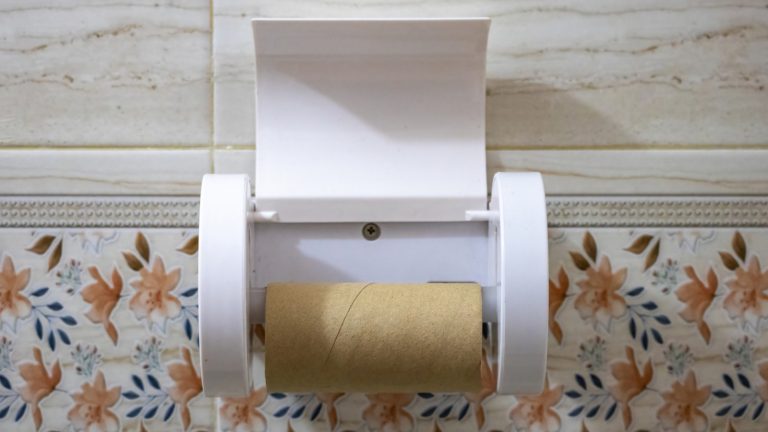
Herb drying racks are both aesthetically pleasing and functional, making them a staple in farmhouse kitchens. If you have a large wooden embroidery hoop that you don’t plan to use for its traditional purpose, consider transforming it into an herb drying rack for your kitchen. These charming tools are often available at thrift stores, but new ones can be purchased for just a few dollars. Find a suitable spot in your kitchen to hang your herbs, avoiding areas with high moisture like above the sink, dishwasher, or stovetop. A location above a workspace is ideal.
To create your own herb hanger, secure a part of the embroidery hoop horizontally using jute or cooking twine. Attach wooden clothespins along the edges to hold herb bundles, creating a practical and attractive display. In addition to the hoop, clothespins, and twine, you’ll need rubber bands, scissors, and a ceiling hook. Rubber bands are ideal for holding herb bunches as they maintain their grip as the herbs dry. If you wish to add a drying space for loose leaves or flowers, consider using a piece of cheesecloth or fabric from an old garment.
Herb Hanging Hoops
Cut two lengths of cord about 3 feet long or slightly longer; you can always trim any excess. Place one or both parts of the embroidery hoop on top of one of the cords, centering it so there are equal lengths on each side. Tie the cord around opposite sides of the hoop, creating a line of twine across the hoop.
Next, position the hoop and cord on top of another piece of twine, making sure it is centered and perpendicular to the first. Loop this twine around the center of the previously tied piece to form an X. Secure this piece around opposite points on the hoop to create four equal sections between the twine. Gather all four ends of the twine, knot them, and suspend the structure from a ceiling hook. Attach herb bouquets bound with rubber bands to the hoop and twine X using clothespins.
For an additional drying surface, cut four pieces of twine about 2 feet long and tie them around the rim of the adjustable hoop. Cover the smaller hoop with a clean piece of cheesecloth or repurposed fabric, ensuring there’s enough slack for the center to dip slightly. Tighten the outer hoop around the smaller one and secure the ends of the four pieces of twine. Trim any excess fabric. Hang the setup and arrange leaves and petals on the fabric surface to dry.






